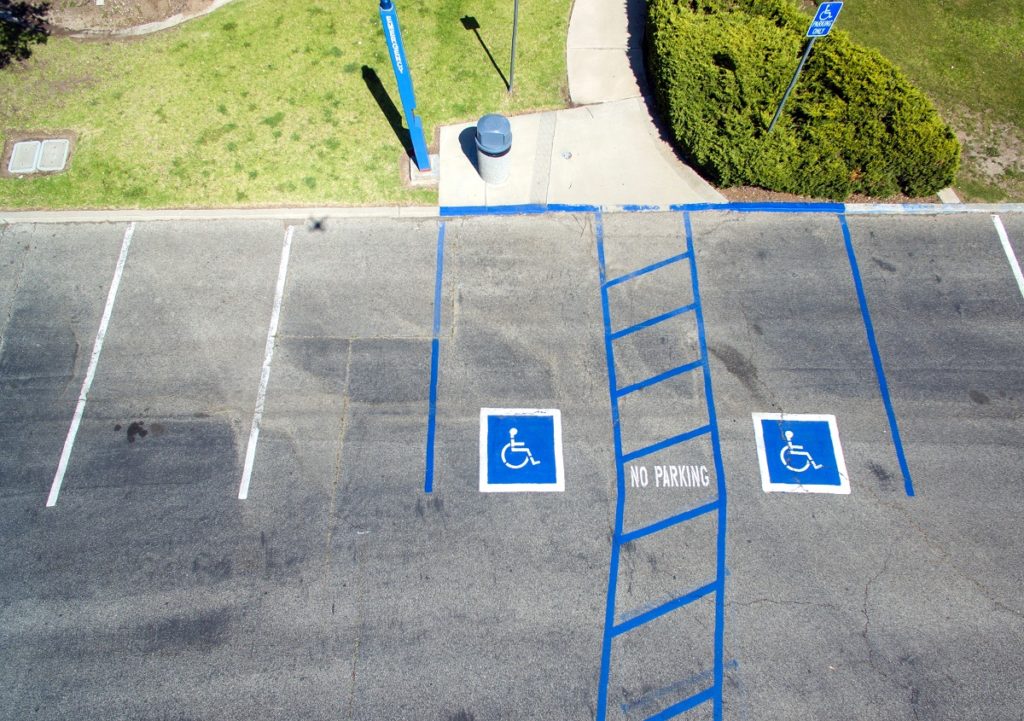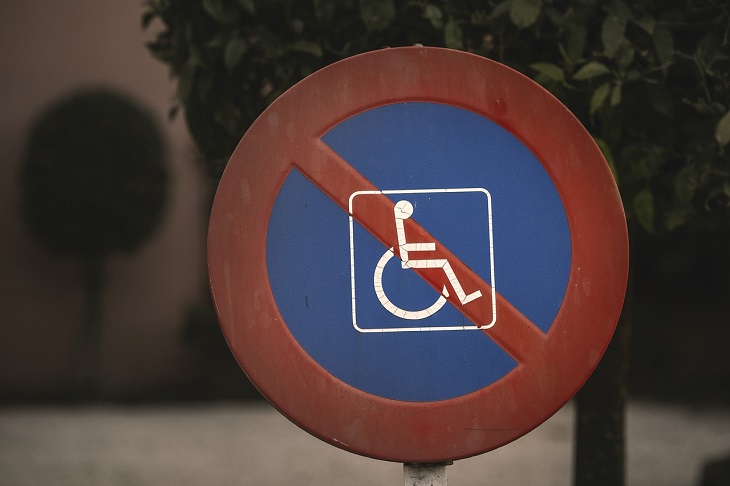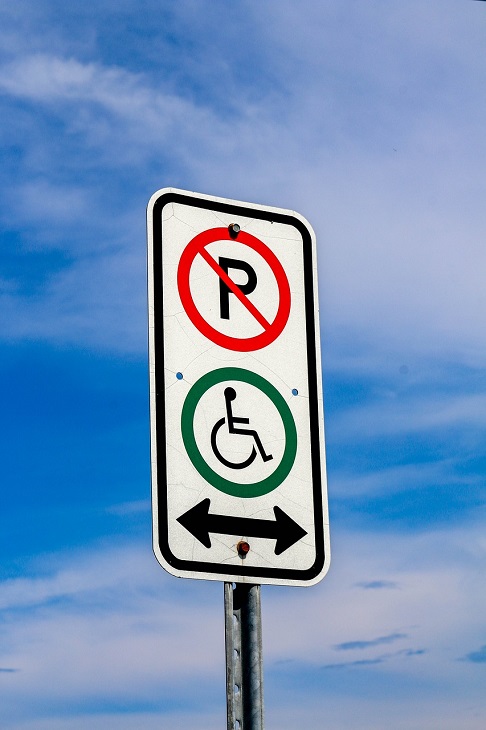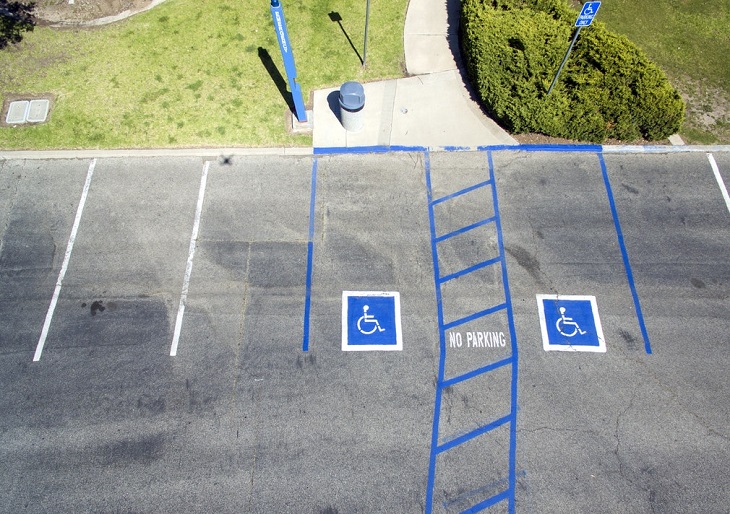Prior to the signing of the Americans with Disabilities Act in 1990, Americans with disabilities had a lot more issues when it came to finding accessible parking. The ADA was designed to ensure that all Americans with disabilities were given equal rights in all areas of their lives, including parking.
Accessibility is a vital component to leading a normal life for those with mobility issues or those who have disabilities that make it difficult to gain access to certain public spaces without assistance. ADA guidelines state that every public area has to have accessible parking for people with disabilities so that they can make their way to and from their destination, and also so they can get around, in and out of their vehicle with ease. To make disabled parking places clear and visible, there are many different rules and regulations in place for handicap parking sign requirements.
What makes a handicap spot official?
There are handicap parking spots available all around the country, and each spot has to meet certain criteria for it to be considered an official disabled parking space. For example, according to the ADA, the spot needs to be designated with a clearly marked sign and proper identification that includes the international symbol of accessibility (the wheelchair symbol that is widely recognizable to the majority of people). For a spot to be official, it has to be signposted clearly with this symbol.

Does a handicap parking spot need a sign?
There are a few rules that need to be followed for spots to adhere to handicap parking regulations. For example, as well as handicap parking spots being clearly identified by signs that have the international symbol of accessibility, van-accessible spots need to have the same sign plus the phrase “van-accessible” clearly outlined.
There are couple exceptions to this rule, though. Parking lots that are small and have four or fewer spaces are required by law to have accessible spaces, but those spaces can be used by anyone with or without a disability and do not need a sign. Residential areas such as apartment buildings that have assigned parking spots do not have to have signs at their accessible spaces, either. In both instances, accessible parking is still required, though the spots just don’t need to be marked with signage.
What are the main handicap parking sign requirements?
Aside from the rule that states that public places are required to have accessible parking spaces, no matter how big or small their lots are, there are some requirements that need to be met for a disabled parking sign to be legal. The first requirement involves the height of the sign. To ensure that people with and without disabilities can see disabled parking spaces clearly, the signs must be mounted a certain way so that the lower edge of the sign is at least five feet off the ground.
Visibility is important when it comes to accessible handicap parking, and having the signs sit high enough makes them easier to see. The signs must also be clearly viewable and unobstructed. As mentioned above, if the spot is designated for those with vans, that must also be clearly stated in either text or as a symbol so that who can use that spot is specifically outlined.
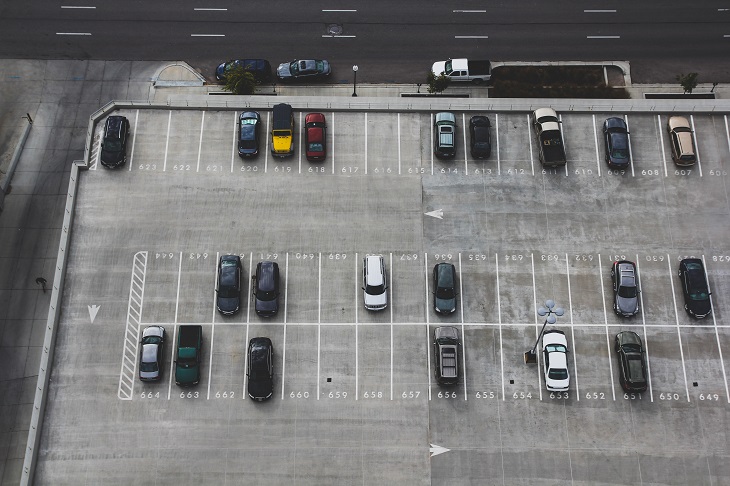
In summary, handicap parking signs must follow these five requirements:
- Be clear and visible by motorists
- The bottom of the sign must be at least five feet off the ground
- Have the international symbol of accessibility
- Cannot be obstructed by vehicles or any other objects
- Van-accessible signs must be clearly marked with text or a symbol
When it comes to accessibility, handicap parking spaces are crucial for helping people with disabilities get around to where they need to go with ease. Without clearly marked signs that have all the official markers, it would be more difficult for people to find the parking they need. That’s why strict handicap parking sign requirements are enforced by law.
Featured image by Nicolas Torres on Unsplash

